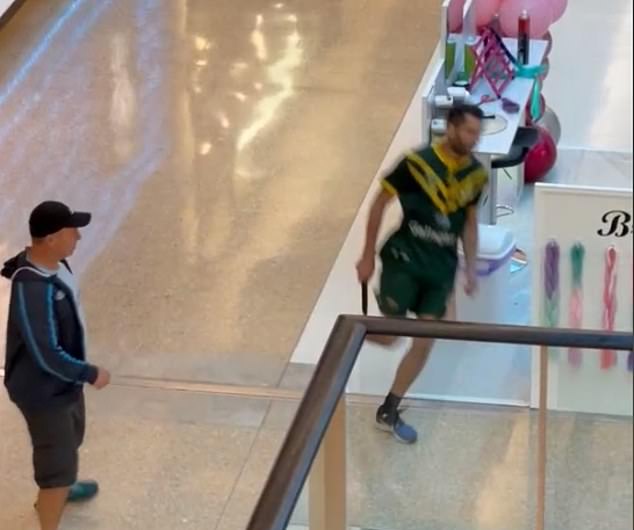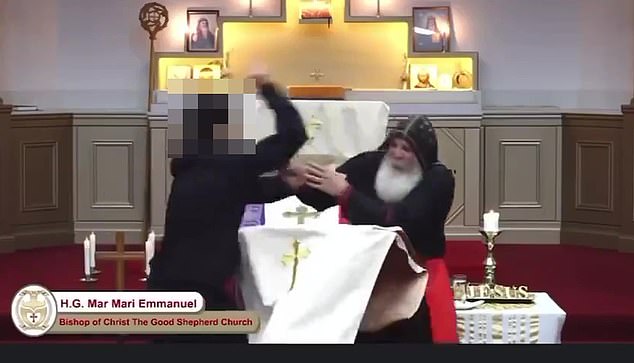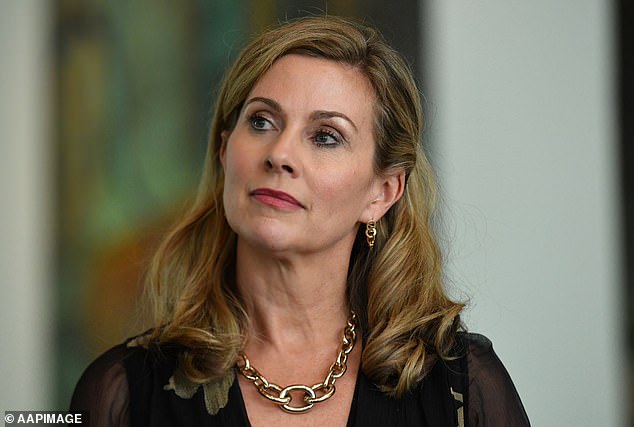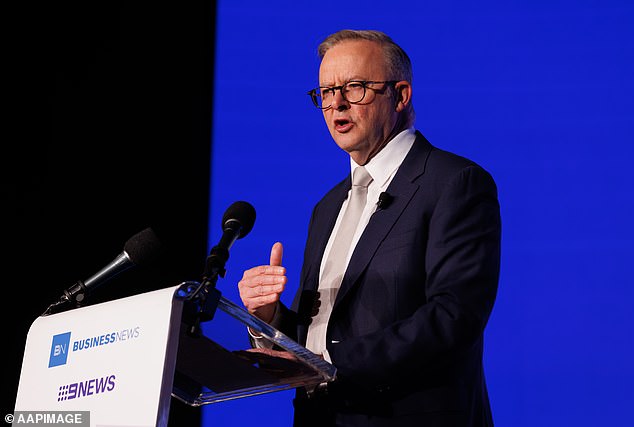Elon Musk scored a victory in an Australian court when a judge rejected the eSafety Commissioner’s request to temporarily ban graphic videos of an alleged violent attack on a church.
Albanese’s government and eSafety Commissioner Julie Inman Grant are locked in a bitter standoff with Musk after he failed to comply with an order to remove a violent video of an attack on a bishop during his church service from his X app. on April 15.
During an interlocutory hearing on Friday, Judge Geoffrey Kennett issued a three-day extension to a court order ordering Musk’s X social media platform to temporarily remove the images while the matter played out in court.
On Monday morning he rejected the eSafety Commission’s request to extend the court order. The current court order will expire at 5 pm Monday.
A case management hearing is scheduled for Wednesday before proceedings to determine the validity of Ms. Inman Grant’s order.
He wants to see the offending images removed from the X servers, arguing that simply geo-blocking the content to hide it from an Australian audience is not enough to protect the community.
The court heard on Friday that Musk’s initial attempts to prevent Australians from viewing the content were easy frustrated by the technology that up to 25 per cent of all Australians use: a VPN.
Bret Walker SC, representing X, told the court the Australian government’s request to remove images from the app worldwide was an example of overreach “literally greater than anything else”.
“It is at odds with what one might expect from a national regime,” he said.
Albanese’s government and eSafety Commissioner Julie Inman Grant are locked in a bitter standoff with Musk (pictured)
Meanwhile, lawyers representing the eSafety Commissioner argued that X’s decision to geo-block disturbing videos of violent crimes, meaning they would not be available to Australian users, was unsatisfactory.
While Meta moved quickly to remove the content entirely from its services, Musk’s X simply geo-blocked the content from Australians – 65 posts in total.
But lawyer Tim Begbie KC told the court that staff at the eSafety Commissioner’s office “were able to use standard VPNs to access videos banned in Australia”.
They did this on multiple occasions “from an adult’s account, a child’s account, and without logging in at all.”
A VPN can mask a user’s IP address and redirect a connection to make it look like it’s coming from anywhere else in the world.
Begbie said this showed the measures X took to protect Australians from violent content did not go far enough.
“To say that the geo-blocking system has holes… is a huge understatement,” he said.
“The fact that those really not very sophisticated ways of accessing it can be done immediately is something that would worry your Honor.”

Six people were fatally stabbed during a shooting inside Westfield in Sydney’s east, which ended only when a brave police officer shot dead attacker Joel Cauchi.
The eSafety Commission won a temporary injunction in April from the Federal Court to have the images removed worldwide while the matter played out in court.
X’s Walker argued that the only way to stop users in Australia from viewing the content through a VPN would be to effectively delete the images globally.
“The idea that it is better for the entire world not to see this obviously newsworthy matter… that no one can see it pending a decision after a hearing that has not yet been set… that notion is astonishing,” he said Mr. Walker. .
‘That is a truly remarkable proposal. It is very worrying that this country is taking the approach of: “If this is the only way to control what is available to users in Australia, then yes, we say it is a reasonable step… to deny it to everyone on Earth.” .
X faces daily fines of $785,000 for noncompliance, but Musk has vowed to challenge the ruling on two fronts.
X’s lawyers argue that the content shown in these videos should not be prohibited under Australian law and that the eSafety commissioner should not have jurisdiction to order the images to be removed globally anyway.
“We believe that no government should possess such authority,” the company said.
Authorities have also expressed concern that access to such images could pave the way for copycat attacks.
Six people were fatally stabbed at the Westfield shopping center in Sydney’s east during the incident, which ended only when a brave police officer shot dead attacker Joel Cauchi.
Distressing images quickly spread across social media platforms, namely X and Facebook, sparking online witch hunts in which an innocent person was falsely named as the perpetrator.
Beyond that, graphic and violent images appeared in the news and on “For You” pages around the world, prompting an intervention by the government’s e-security commissioner.
Similarly, footage of a 16-year-old boy allegedly stabbing Bishop Mar Mari Emmanuel during a live-streamed sermon at Christ the Good Shepherd Church in Wakeley went viral, with voice notes and WhatsApp messages inflaming the unrest. .

Footage went viral of a 16-year-old boy allegedly stabbing Bishop Mar Mari Emmanuel during a live-streamed sermon at the Good Shepherd Church of Christ.

The eSafety Commission is led by Twitter’s former Head of Public Policy for Australia and Southeast Asia, Julie Inman Grant (pictured).
Prime Minister Anthony Albanese has been highly critical of social media platforms for not acting quickly enough to protect users from violent content.
“It should not be necessary for the eSafety commissioner to intervene to order companies, in this case X and (Facebook owner) Meta, to remove violent videos showing people who have lost their lives as a result of what happened when the perpetrator committed that atrocity on Saturday,” he said.
“Social networks turn us all into content editors, we all have a responsibility.”
The Prime Minister warned that he is “prepared to take all necessary measures to put these companies in order”.
“We have made it very clear because of the damage that inaction can have.”
Albanese said viewers who took the video, and others who later received it, should have sent it to police to assist in the investigation, rather than posting it online.
The eSafety Commission is proud to be the “first government agency committed to keeping its citizens safer online.”
It is led by Twitter’s former head of Public Policy for Australia and Southeast Asia, Julie Inman Grant, who receives an annual salary of almost $445,000.
According to its latest annual report, the eSafety Commissioner and the Australian Communications and Media Authority employ almost 500 public servants.

Prime Minister Anthony Albanese has been highly critical of social media platforms for not acting quickly enough to protect users from violent content.


